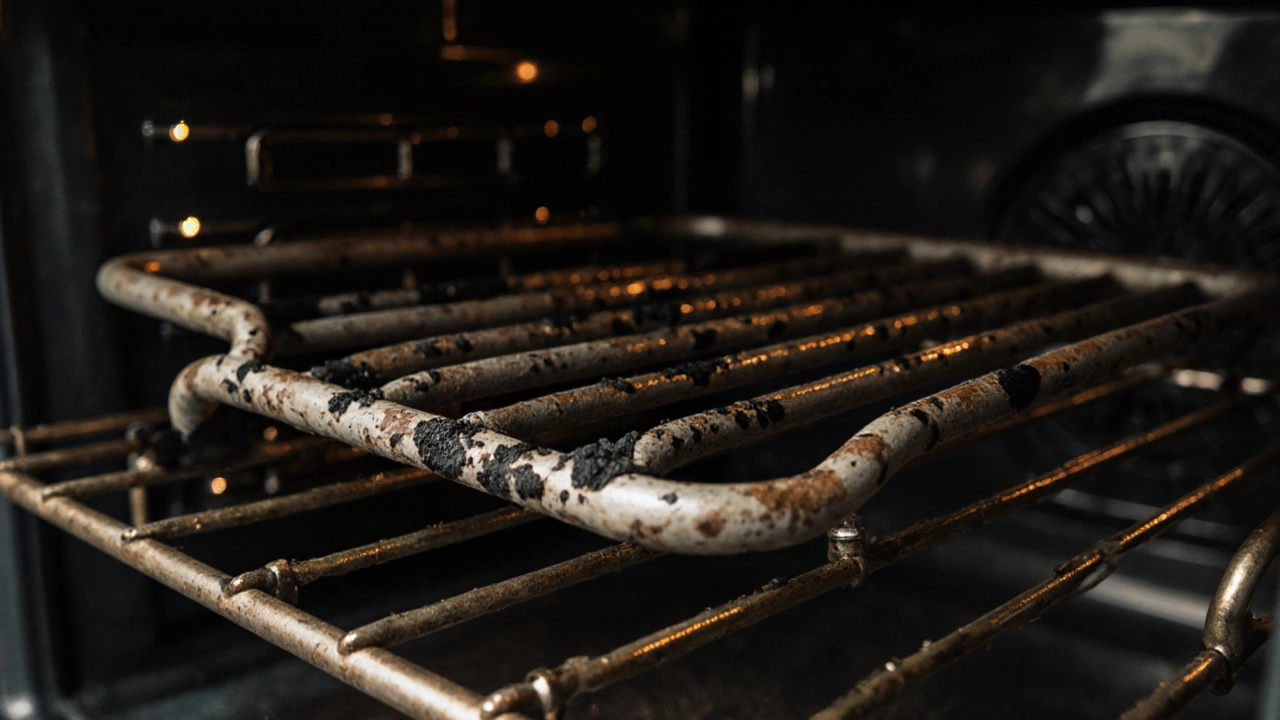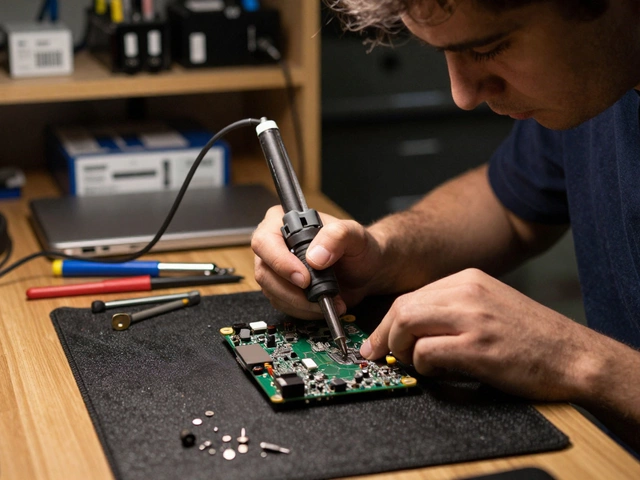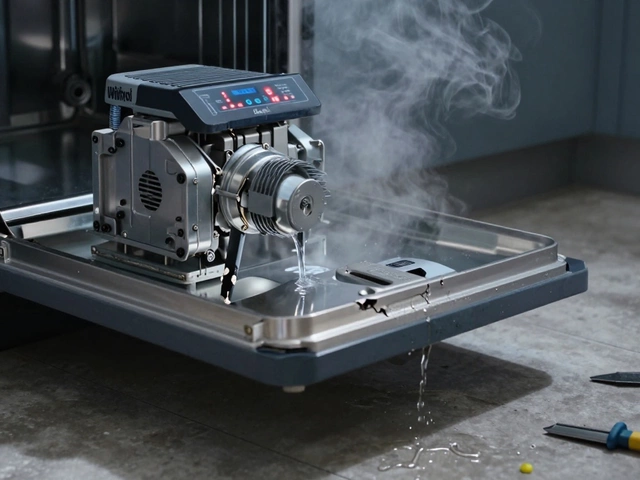Electric Oven Problems: Common Issues and How to Fix Them
When your electric oven, a household appliance that uses electrical resistance to generate heat for cooking. Also known as electric range oven, it’s one of the most relied-upon tools in the kitchen stops working right, it’s not just inconvenient—it throws off your whole week. Whether it won’t heat up at all, runs too hot, or shows error codes you don’t understand, the problem is usually one of a few simple things. Most electric oven problems aren’t expensive to fix, and many you can handle yourself without calling a technician.
The most common culprit is a heating element, the metal coil inside the oven that glows red when powered and generates heat. Also known as bake element, it’s designed to last years, but over time, it can crack, burn out, or lose connection. If the bottom element is dead, your oven won’t bake properly. If the top broil element fails, you won’t get that crisp finish on your meals. You can often spot a bad element by looking for dark spots, bubbles, or breaks in the coil. A quick visual check and a multimeter test can confirm if it’s dead.
Another frequent issue is a thermostat, the component that senses oven temperature and turns the heating element on and off to maintain the set point. Also known as temperature sensor, it’s small but critical—when it fails, your oven might not reach the right temperature or keep cycling on and off randomly. A faulty thermostat can make your cookies burn while your roast stays raw. Testing it requires a multimeter, but replacement is straightforward if you’re comfortable with basic tools.
Don’t overlook the oven control board, the electronic brain that sends power to the heating elements and reads input from the thermostat and user controls. Also known as control panel, it’s more complex to diagnose, but if the display is glitchy, buttons don’t respond, or the oven won’t turn on at all, it’s often the source. These boards can fail from power surges, moisture, or just age. Replacing one isn’t hard, but it’s expensive—so make sure the simpler parts are ruled out first.
Other issues like faulty door seals, broken oven lights, or tripped circuit breakers can also mimic bigger problems. A loose door seal won’t stop the oven from heating, but it’ll make it less efficient and harder to maintain temperature. A tripped breaker might look like a broken oven, but resetting it takes five seconds. Always check the basics first: is the oven plugged in? Is the circuit breaker on? Did you accidentally turn off the power at the wall?
Most electric oven problems are fixable without replacing the whole unit. You don’t need to be an electrician to test a heating element or replace a thermostat. With the right guidance, you can save hundreds of pounds and get your oven back in working order fast. Below, you’ll find real, step-by-step guides from people who’ve been there—covering everything from diagnosing a silent oven to replacing the exact part that’s gone bad. No fluff. No guesswork. Just what actually works.
What Are Common Faults with Electric Ovens? Top Issues and How to Spot Them
- Alden Wilder
- Oct 29 2025
- 0 Comments
Learn the top 5 common faults with electric ovens-from broken heating elements to faulty thermostats-and how to fix them yourself before calling a technician.
View More




